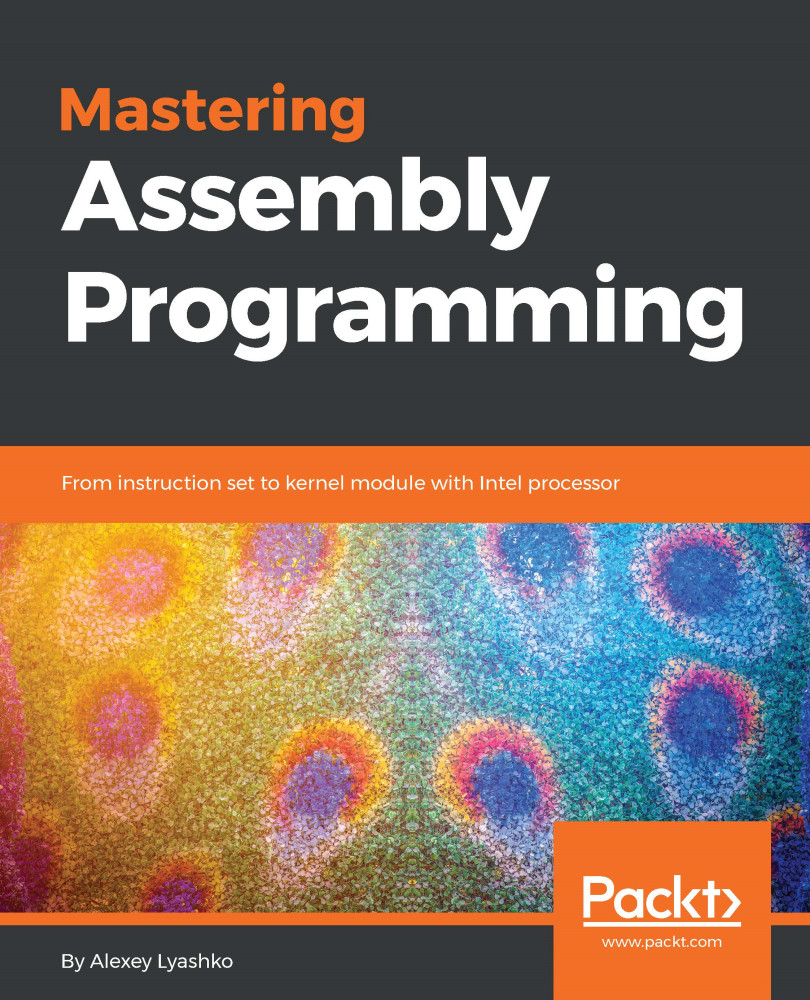We are almost ready to begin the process of instruction set exploration; however, there is one more thing that we have not touched yet, as there was no need for it--a debugger. There is a relatively wide choice of debuggers out there and you, being a developer, have most likely worked with at least one of them. However, since we are interested in debugging programs written in the Assembly language, I would suggest one of the following:
- IDA Pro (https://www.hex-rays.com/products/ida/index.shtml): Very convenient, but also very expensive. If you have it, good! If not, never mind, we have other options. Windows only.
- OllyDbg (http://www.ollydbg.de/version2.html): Free debugger/disassembler. More than enough for what we need. Windows only. Unfortunately, the 64-bit version of this tool was never finished, meaning that you would not be able to use it with 64-bit examples...


